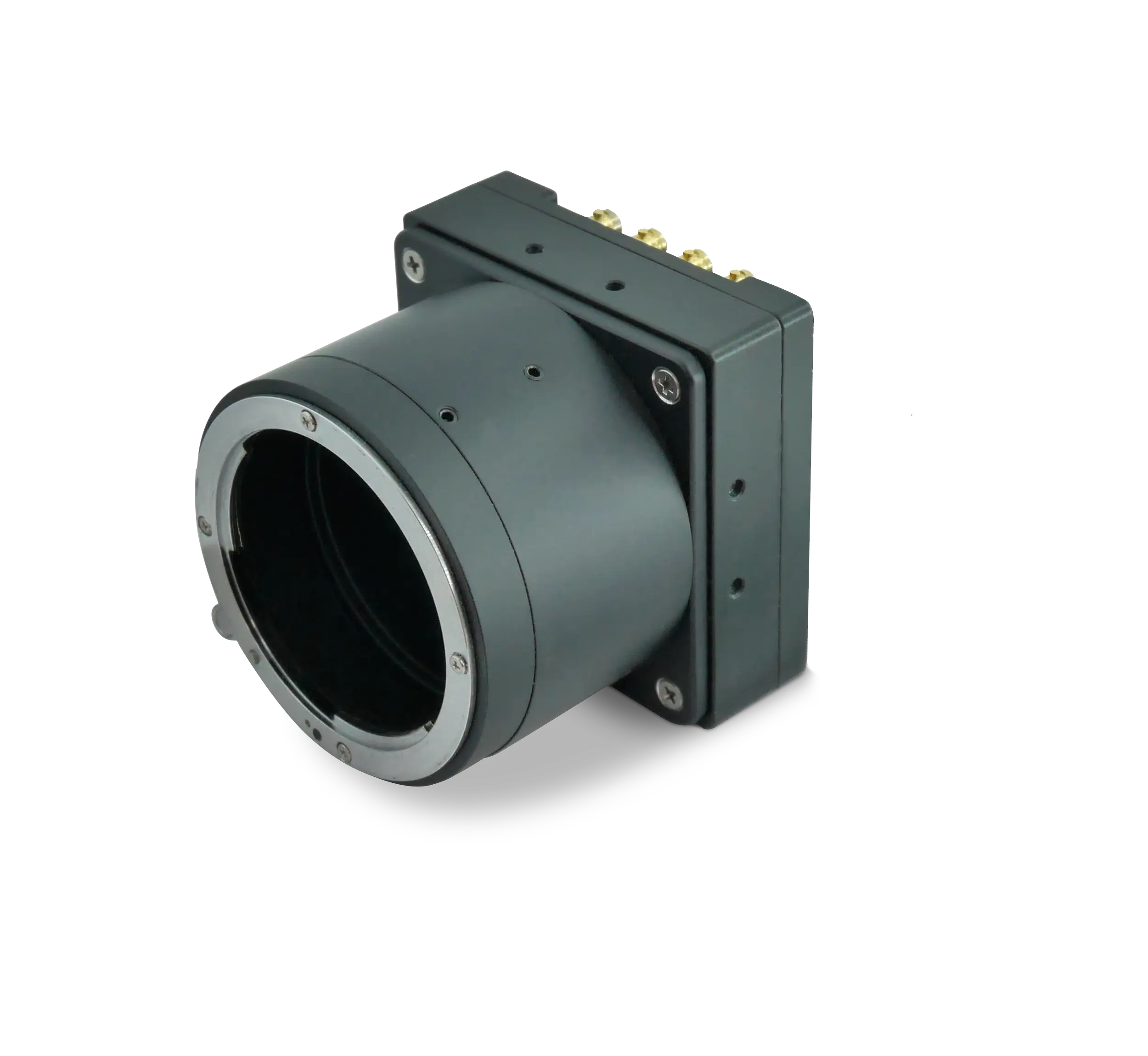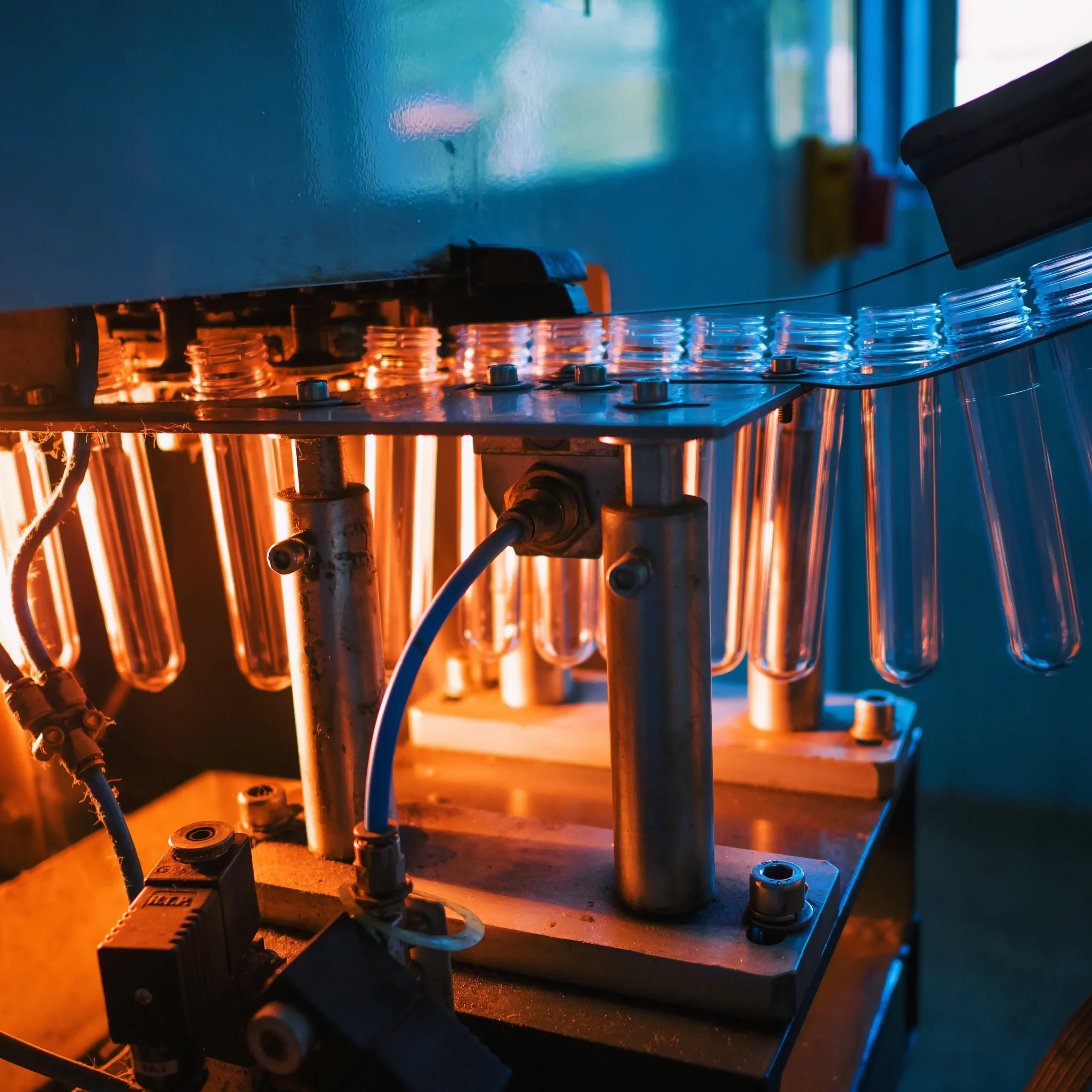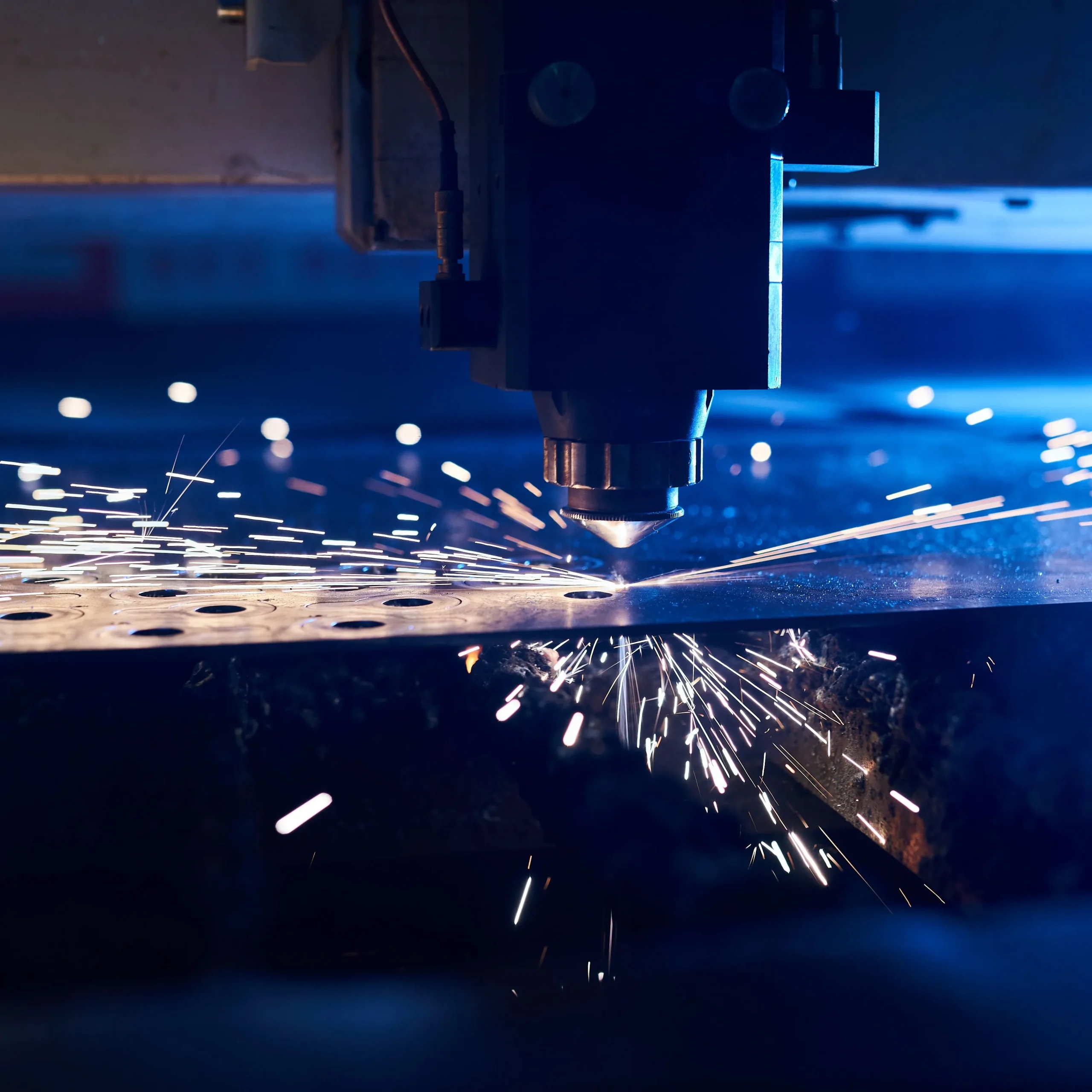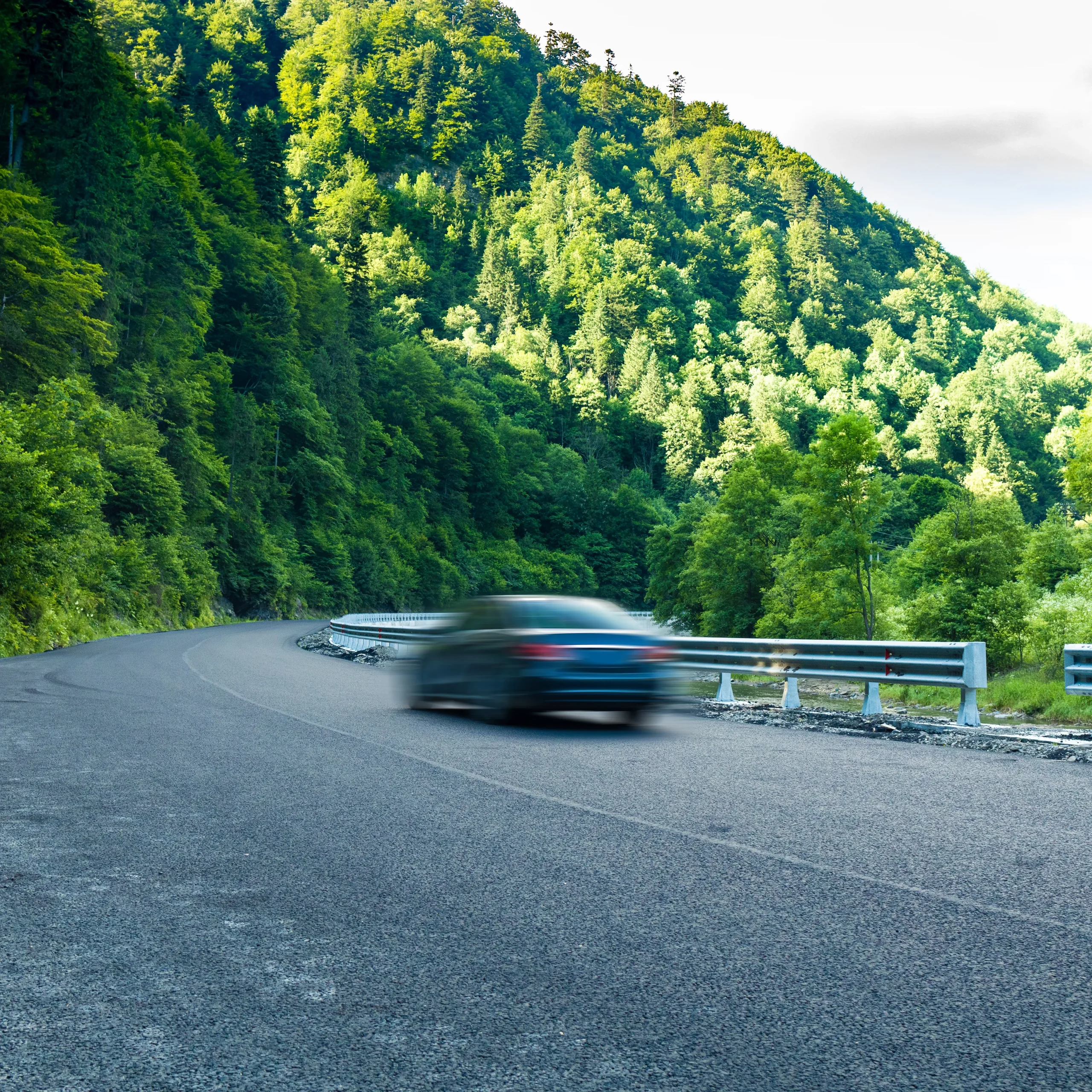When a factory team starts a legacy system retrofit vision initiative, the goal is clear: inject modern, data-rich imaging into equipment that was never designed for today’s speed, resolution and connectivity demands. Many integrators feel trapped by older Camera Link or analog cameras, bandwidth-limited frame grabbers and proprietary cables that are no longer manufactured. KAYA Vision solves these pain points with a portfolio centered on high-resolution CoaXPress cameras and PCIe-based frame grabbers that drop seamlessly into existing control cabinets.
Why CoaXPress Is Ideal for Production-Line Upgrade Imaging
Production environments are unforgiving. They demand long cable runs, deterministic triggering and immunity to electromagnetic noise. CoaXPress 2.1 delivers all three while unlocking gigabyte-level per-second throughput on just one coaxial line. Migrating from legacy interfaces to CoaXPress therefore removes the most common bottlenecks without requiring new conduit or changes to PLC topology.
- Bandwidth headroom – A single CXP-12 link offers 12.5 Gbit/s—up to 40 × faster than analog grabbers and roughly 10 × the bandwidth of standard GigE Vision.
- Low latency – Each frame is DMA-streamed directly to GPU memory on KAYA frame grabbers, essential for real-time AI inspection.
- Power over CoaX – PoCXP delivers up to 13 W per connector, eliminating external power bricks for most area-scan cameras.
- Rugged cabling – Re-use the legacy 75 Ω or 50 Ω coax infrastructure already routed in many production halls.
Iron 4600: Drop-In High-Resolution CoaXPress Camera
The KAYA Vision Iron 4600 embodies everything engineers ask for when executing a production-line upgrade imaging project:
- 45 MP sensor (8320 × 5456) capturing fine surface defects invisible to older VGA or HD cameras.
- Up to 100 fps at 8-bit output, allowing freeze-frame inspection even on high-speed conveyors.
- Four Micro-BNC connectors for flexible 1- to 4-link configurations—start with a single cable, scale later as throughput demands climb.
- High dynamic range exceeding 90 dB for challenging mixed-illumination scenes.
- 2.5 µs minimum exposure, perfect for strobe-based freeze-motion without blur.
Because the Iron 4600 is GenICam-compliant, integrators can use the same API calls that existing Camera Link code employed. The upgrade thus becomes a firmware change, not a complete software rewrite.
Komodo III Frame Grabbers: The Bridge Between Old PLCs and New Imaging
Any legacy system retrofit vision plan must respect the reality of the installed PLC or SCADA layer. KAYA’s Komodo III family introduces CoaXPress performance while preserving legacy I/O mapping, encoder feedback and trigger topology.
Dual CoaXPress 12 G Model
The Komodo III Dual CoaXPress 12 G Frame Grabber is a standard-profile, half-length PCIe 3.0 x8 card that drops into the same slot once occupied by a Camera Link board. Key retrofit advantages include:
- 25 Gbit/s aggregated throughput—enough to ingest two Iron 4600 streams at full speed with headroom for image pre-processing.
- PoCXP Safe Power delivered through the board’s auxiliary 12 V PEG connector, so the camera can be powered over the same coax.
- Twenty programmable I/O lines (TTL, LVTTL, opto-isolated, LVDS) mapped one-to-one with the legacy I/O lines so triggers and strobes fire exactly as before.
- 4 GB DDR4 on-board memory enabling burst capture when the host bus is momentarily busy with MES database traffic.
- Comprehensive Windows 10/11 and Linux drivers plus ANSI C, Python, .NET and GenTL API for rapid recompilation of older software.
Quad CoaXPress-over-Fiber Model
Certain retrofits require very long cable runs or the elimination of copper to avoid ground loops. The Komodo III Quad CoaXPress-over-Fiber brings 41.3 Gbit/s aggregated bandwidth across four SFP+ transceivers. Existing upstream vision algorithms remain unchanged because the GenICam layer abstracts the physical transport.
Step-by-Step Retrofit Workflow
Below is a proven methodology used by integrators upgrading pick-and-place, web inspection and bottling lines:
- Cable integrity audit – Verify coax/fiber terminations with a time-domain reflectometer. In 80 % of cases the existing coax can be reused, cutting installation time dramatically.
- Mechanical swap – Replace the aging CCD camera with the Iron 4600. KAYA supports F-mount, M42 and EF so the old lens train remains intact.
- Frame grabber installation – Remove the legacy grabber, insert Komodo III and connect the same external triggers to the DB-26 I/O header.
- Firmware profile – Use KAYA Control Center to import GenICam XML from the previous camera and map features such as exposure, gain and trigger mode to new names.
- Application recompilation – Rebuild the original inspection application, linking against KAYA’s GenTL producer. Only downstream image-processing modules will feel the higher resolution.
- Validation – Run golden-sample lots through the line, comparing defect-detection rates between the old and new systems.
- Scale-out – Activate additional Iron 4600 links for higher frame rates or daisy-chain a second camera. No PLC code changes are necessary because all synchronization is handled in Komodo III hardware.
Addressing Latency-Sensitive Inspection Tasks
Retrofits often target bottlenecks such as label alignment, glue-bead verification or fill-level detection, where inspection results must feed back to the actuator in milliseconds. KAYA hardware achieves this via:
- Sub-microsecond trigger-to-capture jitter enabled by the deterministic CoaXPress protocol.
- Direct GPU DMA where Komodo III streams pixel buffers into CUDA-pinned memory, circumventing the CPU altogether.
- 64-bit timestamping @ 8 ns so multiple cameras can be cross-correlated even when distributed along 50 m of conveyor line.
Image-Quality Enhancements Over Legacy Sensors
The Iron 4600’s rolling shutter paired with fully programmable ROI, LUT and flat-field correction lets engineers fine-tune image characteristics impossible with former interlaced cameras. Typical gains during a production-line upgrade imaging project include:
- 42 % higher defect contrast on reflective metals due to pixel-level HDR fusion.
- 3 × reduction in false rejects on plastic bottles by leveraging the camera’s on-board black-level calibration.
- Ability to detect 50 µm scratch defects at 1 m/s substrate speed, previously unachievable without slowing the conveyor.
Maintaining Uptime During Retrofit
Most factories cannot afford extended downtime. KAYA components support staged migration:
- Shadow mode – Komodo III records images from the new camera while the legacy system continues to make pass/fail decisions. Once parity is proven, relays switch inspection control to the upgraded stack.
- Redundant power paths – Iron 4600 accepts PoCXP or an external 10–28 V rail, while Komodo III draws 12 V via its PEG connector, allowing planned hot-swap without blackouts.
- Field-programmable logic – Firmware updates execute over PCIe without removing the card, so feature adds and bug fixes happen during planned micro-stops.
Economic Impact
The cost of a full conveyor replacement is often 10 × higher than a targeted legacy system retrofit vision effort. By swapping only the vision layer, manufacturers capture:
- Immediate OEE uplift—higher first-pass yield thanks to finer resolution.
- Reduced scrap—better detection means fewer off-spec products downstream.
- Lower maintenance—modern CMOS sensors outlast legacy CCDs that suffer from charge-transfer degradation.
- Future-proofing—CoaXPress 2.1 roadmap scales to 25 Gbit/s per link, ensuring today’s wiring accommodates tomorrow’s multi-shot techniques.
Compliance and Environmental Ratings
The Iron 4600 camera is tested to MIL-STD-810G shock and vibration, and optional IP67 enclosures protect it from coolant overspray common in metal-working lines. Komodo III frame grabbers operate fan-less at 0 °C to +50 °C and share the same EMC and RoHS certifications as the camera, making the pair suitable for harsh industrial installations.
Software Integration with Existing SCADA
Because KAYA’s GenICam stack exposes every camera and grabber control via XML, SCADA engineers can map process tags directly to image-acquisition parameters. Examples:
- Changeover recipes adjust Iron 4600 exposure time when a darker product batch enters the line.
- Komodo III timers fire a strobe only when the rotary encoder reaches an angular position reported by the PLC, ensuring repeatable lighting.
- Quality results are published via OPC UA using the same data broker that the legacy camera once used, so dashboards remain unchanged.
Training and Support
KAYA Vision offers online courses that translate Camera Link terminology—tap geometry, HSYNC, line valid—into CoaXPress equivalents. Support tickets are handled by the same engineers who design the products, accelerating retrofit progress.




